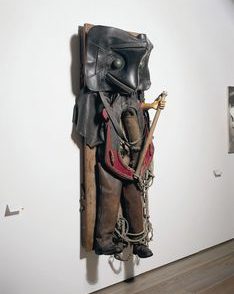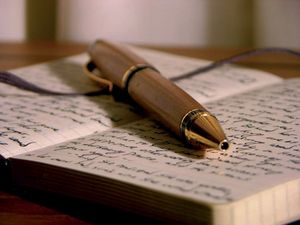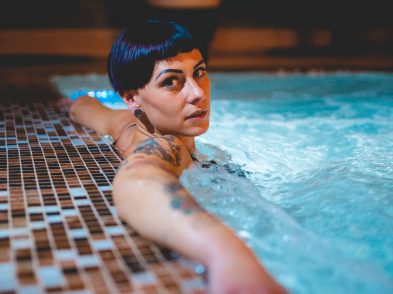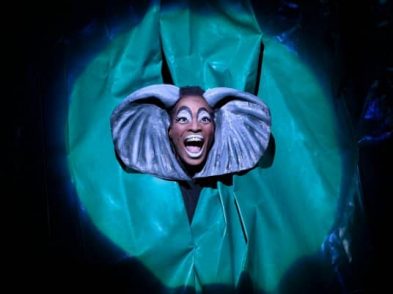This assertion, once guaranteed to create a riot of protest, has been put forth in more political terms by the Regione Toscana. Indeed, during the Quale Museo? conference held in February of last year, officials of the Region’s governing body announced that the focal point of its contemporary art policy would be the Centro per l’arte contemporanea Luigi Pecci, elevated from its local status to the ranks of Regional Center.
Inaugurated in 1988, the Pecci Center was the first museum in Italy to be designed and built specifically to house contemporary art, setting it apart from the many historical buildings around the country which had been reconverted to this use and predating by almost 15 years such new museums as Rovereto’s MART and Rome’s MAXXI museums.
This year the city of Prato, true to tradition, has surpassed its own record with another ground-breaking initiative, in which local entrepreneurship, and specifically the Pecci family, plays an essential role. At its public unveiling on Nov. 8, the design of the Pecci Center’s new extension was immediately recognized as the most radical piece of contemporary architecture presented to date in Tuscany.
This initial design phase of the 9-million-euro project has been donated to the City of Prato by Elena Pecci, sister of the Center’s namesake. Together with a commission representing the City of Prato, the Art Center’s Administration, and the Florence University Architecture Department, Mrs. Pecci evaluated a number of international candidates before settling on Maurice Nio from Rotterdam. The 47-year-old architect of Indonesian extraction has already achieved international renown through his projects to renovate and confer meaning on the interstitial places or ‘non-spaces’ of city and suburban environments. His designs renounce the strictly modernist tradition in favor of strong references to both his Asian heritage and to what he considers to be a new and contemporary set of mythologies.
Upon accepting the challenge offered him in Prato, Nio’s first priority was to design a new structure which could coexist in harmony with the current building and its difficult urban surroundings: over the years the open space has been reduced by the construction of five- to six-story buildings and traffic-choked main throughways. His project will wrap itself in a protective way around the Center’s pre-existing architecture without changing it in any way. The new semi-circular building calls for glass-encased first floor areas which will raise the snake-like structure, entirely faced in dark copper, off the ground; an antenna shape protrudes from the roof marking the Center’s new main entrance.
Although the daring ‘horned snake’ effect has aroused public controversy, City and Center alike defend the project as a strong sign of Prato’s renewed crusade in the cause of contemporary art and architecture. Nio’s building provides a precious chance to redefine and reorganize the functions that the Pecci Center has developed over its 18 years of activity. The enlargement will house the temporary exhibition rooms, a new centralized entrance and reception area, a large bar-restaurant, and a bookshop as well as workshop spaces for the renewed education department.
After the Pecci Center’s near closure for bankruptcy two years ago, there is great optimism for the future, both on account of the progress in cutting expenditure (personnel and operating costs have been reduced by over 15 percent) and for the new building which will allow more efficient and economic management of the complex. Maurice Nio’s radical piece of architecture is only the most visible feature of a larger plan to overhaul the museum, including its administration and its statute of operations. The solution currently favored is the establishment of a foundation in which the Ministero dei Beni Culturali will participate together with public and private founders. Such a system, albeit almost an established formula in other countries, would represent an innovative step in Italian museum administration.
When the new enlargement is completed in 2010, the pre-existing center will finally be able to make available to the public one of the most prestigious collections on the Italian contemporary art scene. Sculptures and large-scale installations, paintings but also video, photography, and multimedia pieces will be displayed in the almost 2000 square meters of exhibition space. Certain artistic periods and national identities are particularly well represented within the permanent collection; these range from strong local schools of Poesia visiva and Architettura radicale to national expressions of the Arte Povera and Transavanguard movements as well as to such international specialties as Russia’s Perestroika period and the youngest generations of Austrian and Dutch artists. Indeed the ‘antenna’ that will soon rise above the renewed Pecci Center may be taken as a concrete sign that the museum intends to continue and strengthen its role as a receptor of cultural signals from all over the globe.
Opening times for temporary exhibitions: every day (except Tuesdays)
10:00 a.m. – 7:00 p.m.
Tickets cost 5 euros (full price) or 4 euros (reduced).
Closed all day on Tuesdays.
Opening times for the permanent collection: Tuesday — Sunday, free of charge 10:00 a.m. – 2:00 p.m. and 3:00 p.m. – 7:00 p.m.;
Opening times for the CID: the specialized contemporary art library and resource center is open for consultation Tuesday — Friday 10.00 a.m. – 6:00 p.m., tel. 0574-531842, inquiries can be sent to cid@centropecci.it
The Museum is located on Viale della Repubblica 127 in Prato, a twenty minute drive from the center of Florence (exit Prato Est, after toll booth stay left and turn right at the end of the tree lined avenue) or five minutes in taxi from the Prato Centrale train station. By bus: take the CAP bus (‘Prato Diretto’) from Piazza Stazione in Florence and get off at the stop across the throughway from the museum.






